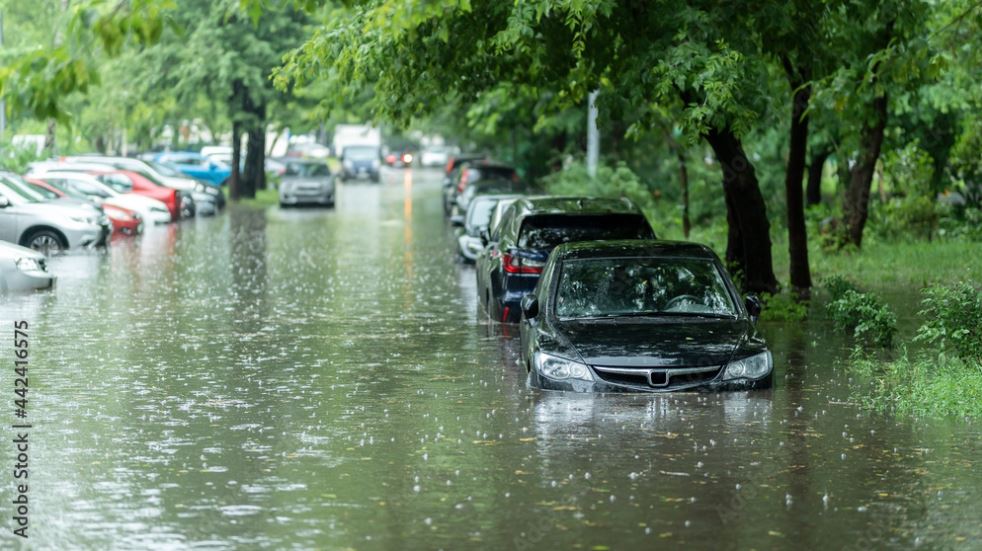Some 62,000 people and 56,000 homes on and near the New Jersey Shore will see at least one annual flood because of sea-level rise by 2050, even if the world makes sweeping cuts to carbon emissions now, according to a new online tool released Wednesday by Climate Central, a New Jersey-based research and advocacy nonprofit.
The number of New Jersey residents facing annual flooding by 2050 rises to 68,000 under current “moderate” global commitments to reduce heat-trapping emissions, according to data from Coastal Risk Finder, an updated tool that allows users along the nation’s coastlines to identify and plan for their future flood risk under different scenarios.
Unchecked global climate pollution would result in 74,000 New Jersey residents in 66,000 homes facing increased flood risk over the next 25 years. The Climate Central tool uses sea-level rise projections by the United Nations’ Intergovernmental Panel on Climate Change for all three scenarios…
Another effort to anticipate coastal flooding in New Jersey as seas rise is NJ Adapt, a suite of data-visualization and mapping tools assembled by Rutgers University to help planners, businesses, communities and residents understand and adapt to climate-change effects. The project includes a Climate Planning Tool that explains why seas are rising, and tracks their effects on New Jersey communities, including Atlantic City. There, seas have been rising by 0.15 millimeter a year for the last century, exposing it to increased future flooding.
Lucas Marxen, co-director of the New Jersey Climate Change Resource Center at Rutgers, said the new Climate Central tool is easy for the public to navigate, provides clear information on areas at risk and offers citizens solutions to flooding, a feature that he said is not often found in such tools.
But he said the tool’s description of flood risk may lead users to misunderstand the frequency and severity of future floods. For instance, a “100-year” flood has a force that’s deemed to have a 1 percent chance of happening in any year, but which can happen more frequently than once a century, such as with Hurricane Irene in August 2011, which was closely followed by Hurricane Sandy in October 2012.
“The language used by Climate Central may mislead the public as to the real risk of these types of flood events,” he said.
